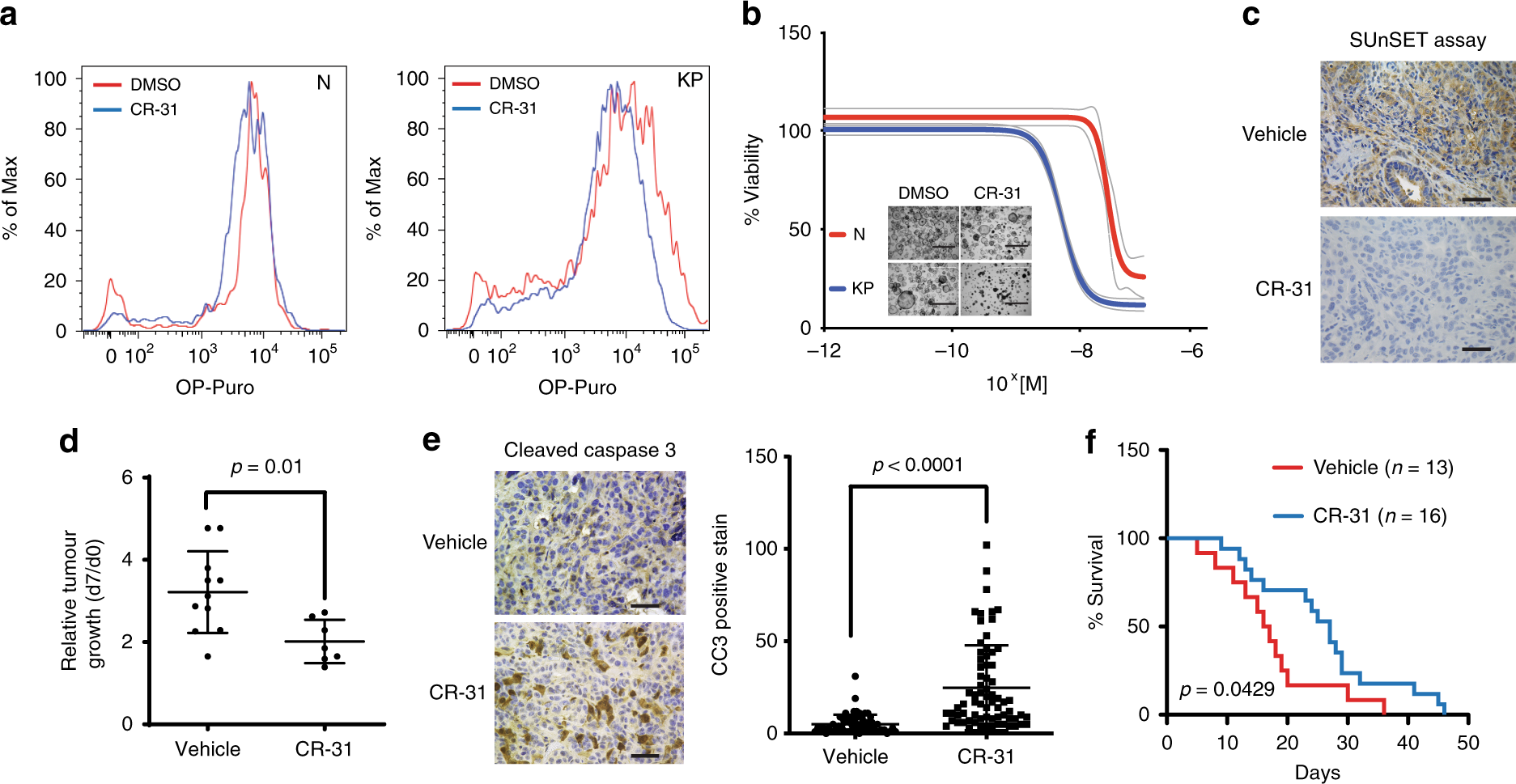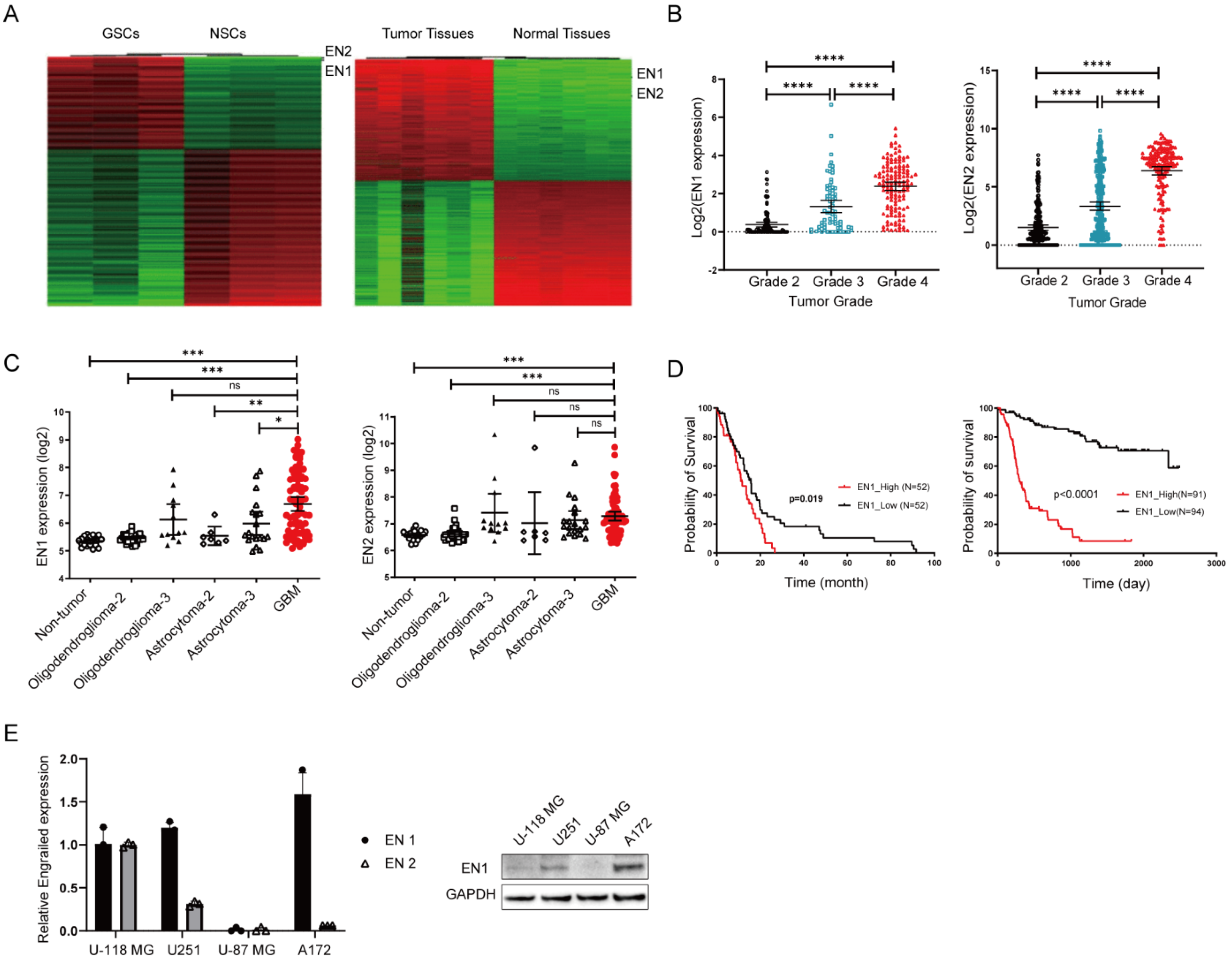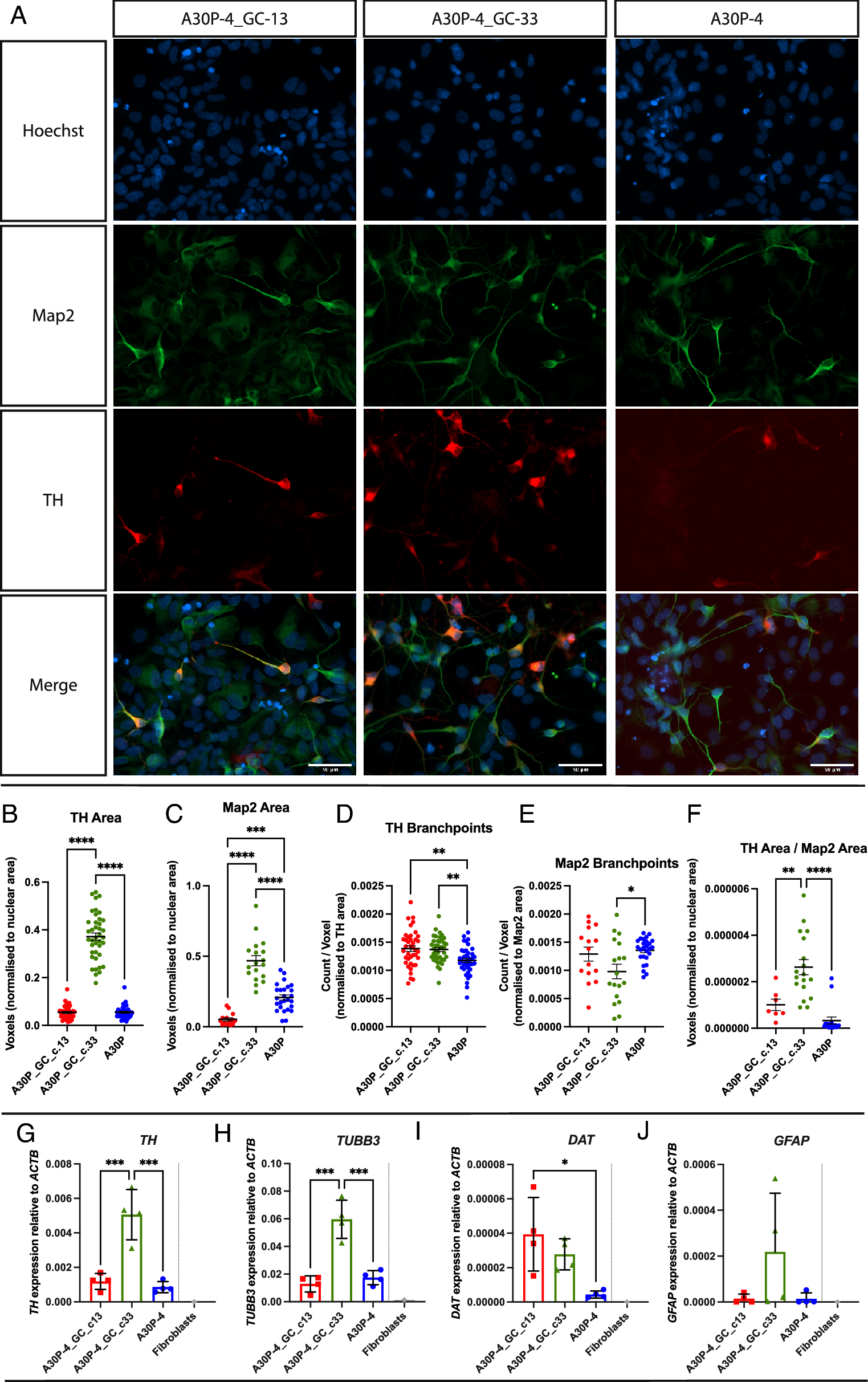


Our group and others have used an RBC transgenic mouse to study immune responses to erythrocyte antigens: the HOD mouse model. However, despite several AIHA murine models, one barrier to elucidating the initiating events leading to the failure of RBC tolerance is the lack of a model that accurately reflects primary AIHA. With these studies, breakdown of tolerance to RBC autoantigens has been shown to be multifactorial (e.g., genetics as observed in NZB mice, immune dysregulation as demonstrated in the Playfair and Marshall-Clarke model, etc.) ( 13, 14).

Elucidation of the initiating events that lead to development of AIHA have relied on both observations in human AIHA patients and murine models. Unexpectedly, loss of tolerance to RBCs occurs frequently 0.1% of healthy blood donors have detectable non-hemolytic autoantibodies bound to their RBCs and this increases up to 8% in hospitalized patients ( 11, 12). As RBCs carry out essential functions required for life, it would be predicted that tolerance to RBC autoantigens would be stringent. And, although some cases are secondary and are associated with lymphoproliferative disorders, infections, and cancer immunotherapy, >50% of AIHA cases are idiopathic ( 9, 10). Moreover, supportive care through RBC transfusions is challenging as most autoantibodies recognize ubiquitous RBC antigens, thereby making virtually all donor RBC units crossmatch incompatible and risking further exacerbation of the immune responses to RBCs ( 7, 8). Treatment strategies (e.g., immunosuppressants, splenectomy, etc.) have variable success and relapse rates can be as high as 50%, with mortality in 10% of cases ( 4– 6). Similar to other autoimmune diseases, AIHA is more prevalent in women ( 3). Hemolysis leads to significant reductions in RBC numbers, leading to inadequate tissue oxygenation and patients present with pallor, fatigue, hemoglobinuria, anemia and splenomegaly ( 1, 2). Thus, this is a tractable murine model of AIHA that can serve as a platform to identify key cellular and molecular pathways that are compromised, thereby leading to autoantibody formation, as well as testing new therapeutics and management strategies.Īutoimmune hemolytic anemia (AIHA) is a disorder characterized by destruction of red blood cells (RBCs) by pathogenic anti-erythrocyte autoantibodies. To our knowledge, this is the first report of a murine model that replicates observations made in humans with idiopathic AIHA. No significant correlations between AIHA onset and inflammatory status or microbiome were observed. Additional analysis suggested that compensatory extramedullary erythropoiesis occurred as there were increased frequencies of RBC progenitors detectable in the spleen.

Moreover, autoantibody-producing animals developed splenomegaly, with altered splenic architecture characterized by expanded white pulp areas and nearly diminished red pulp areas. Production of anti-erythrocyte autoantibodies correlated with sex and age, and led to RBC antigen modulation, complement fixation, and anemia, as determined by decreased hematocrit and hemoglobin values and increased reticulocytes in peripheral blood. Herein, we report a new murine model of primary AIHA that reflects the biology observed in patients with primary AIHA. Given the severity of AIHA and the lack of treatment options, understanding the cellular and molecular mechanisms that facilitate the breakdown in tolerance would provide insight into new therapeutics. Moreover, supportive care with RBC transfusions can be challenging as most autoantibodies are directed against ubiquitous RBC antigens thus, virtually all RBC donor units are incompatible. Several therapeutic strategies are available however, there are currently no licensed treatments for AIHA and few therapeutics offer treatment-free durable remission. While secondary AIHA is associated with lymphoproliferative disorders, infections, and more recently, as an adverse event secondary to cancer immunotherapy, the etiology of primary AIHA is unknown. Patients with AIHA present with pallor, fatigue, decreased hematocrit, and splenomegaly. Loss of humoral tolerance to red blood cells (RBCs) can lead to autoimmune hemolytic anemia (AIHA), a severe, and sometimes fatal disease.


 0 kommentar(er)
0 kommentar(er)
